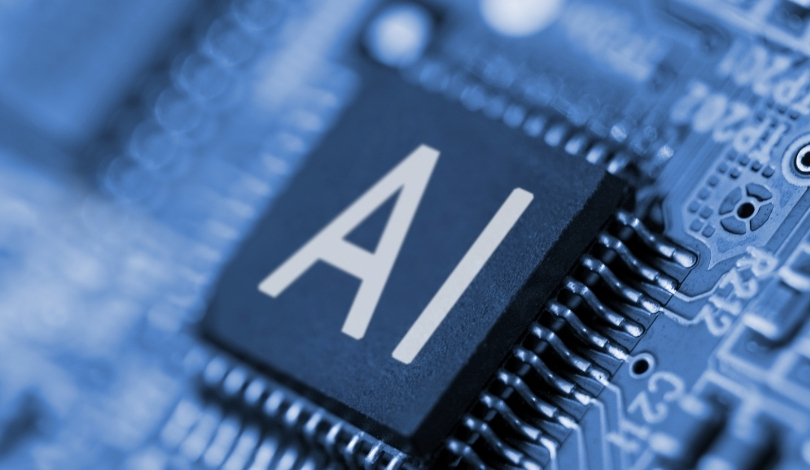Eric Schmidt, renowned for leading Google, is channeling significant resources into addressing the safety concerns associated with artificial intelligence. His latest endeavor, a $10 million venture through Schmidt Sciences, aims to foster research that ensures AI development remains secure and beneficial. This move underscores the growing emphasis on the responsible advancement of AI technologies within the tech industry.
Similar to prior efforts by industry leaders, Schmidt’s initiative seeks to bridge gaps in AI safety research. While previous investments focused on AI’s capabilities and applications, this new program places a stronger emphasis on understanding and mitigating potential risks. This approach reflects an evolving awareness of the critical need for robust safety measures in the rapidly advancing AI landscape.
What is the focus of Schmidt Sciences’ AI Safety Program?
The AI Safety Science Program prioritizes foundational research to identify and address systemic safety issues within current AI systems. By funding academic projects that delve into why certain AI behaviors become unsafe, the program aims to develop comprehensive safety protocols and mitigation strategies.
“That’s the kind of work we want to do—academic research to figure out why some things are systemically unsafe,”
stated Michael Belinsky, the program’s head.
Who are the key researchers involved in this initiative?
Prominent figures such as Yoshua Bengio and Zico Kolter have received grants to advance AI safety research under this program. Bengio, known as one of the “Godfathers of AI,” is working on technologies to mitigate risks in AI systems, while Kolter focuses on adversarial transfer phenomena affecting multiple AI models. Their involvement brings significant expertise and credibility to the initiative, fostering high-impact research outcomes.
How does this program aim to impact the AI industry?
By providing substantial grants and resources, Schmidt Sciences’ program seeks to accelerate advancements in AI safety, encouraging collaboration between academia and industry. The initiative aims to establish robust safety benchmarks and enhance access to cutting-edge AI models for researchers.
“If A.I. can autonomously perform cyberattacks, you could also imagine this being the first step of A.I. potentially escaping control of a lab and being able to replicate itself on the wider internet,”
explained Daniel Kang, an assistant professor at the University of Illinois Urbana-Champaign.
Schmidt Sciences’ investment marks a significant step towards prioritizing AI safety in a field often dominated by rapid innovation and deployment. By funding rigorous academic research and fostering collaborations between researchers and industry stakeholders, this initiative addresses critical gaps in understanding AI’s inherent risks. The emphasis on developing adaptable safety measures ensures that as AI systems evolve, so too do the mechanisms to safeguard their applications. For those invested in the ethical progress of technology, Schmidt’s approach offers a model for balancing advancement with caution, potentially setting new standards for responsible AI development.










